How Meat Fits Into a Sustainable, Ethical Diet
Written by Shannon of Nourishing Days.
There is a scene in the film Food Inc. in which a seemingly nice guy is interviewed about his giant confinement feed lot. In that interview he states that if the consumers were to demand ethically-raised meat, the farmers would change their practices to meet that demand.
In other words, the power is in our hands. Every dollar we spend on factory-farmed meat is a vote to continue that method of farming.
Don’t get me wrong, I actually feed my family meat every day. I have learned that our family is healthier with meat in our diets, but we try to avoid conventional meats at all costs and I try to serve a lot more vegetables with tons of nourishing fats as a large part of our meal.
Walk into a grocery store, though, and you’re likely to be staring at labels with claims that could mean just about anything, and often not what you might think.
The truth is, these labels are about tricking you into thinking animals live happy, carefree lives when nothing could be further from the truth. To find good meat… real meat… you have to outsmart the labels and beat them at their own game.
Dissecting the Terminology
Photo by Azdodsons
When you go into a grocery store you are being coerced to buy things with labels that won’t tell you the whole story. So lets define a few of the labels you will find on meat packages.
FREE RANGE or FREE ROAMING
The poultry has been allowed access to the outside. This could mean that a small door is put in place at the end of a very large chicken barn which in turn means that those chickens may not have seen the light of day in their lifetime.
NATURAL
A product containing no artificial ingredient or added color and is only minimally processed. This is usually factory farmed meat with nothing added to it. Not much natural about that.
NO HORMONES
Hormones are not allowed in raising hogs or poultry so to be labeled as such means nothing. The term “no hormones administered” may be approved for use on the label of beef if sufficient documentation is provided
NO ANTIBIOTICS (red meat and poultry)
The terms “no antibiotics added” may be used on labels for meat or poultry products if sufficient documentation is provided by the producer to the Agency demonstrating that the animals were raised without antibiotics.
Photo by Matins
ORGANIC
Means that the animal was raised in accordance to federal organic standards. The animal may have been raised in a facility similar to a factory farm but with organic feed.
I am not an animal farmer so I don’t know the necessity of using any feed additives or drugs, but I thought it was interesting that the following substances are allowed in organic meat production:
- Atropine
- Butorphanol
- Flunixin
- Furosemide
- Glucose
- Magnesium hydroxide
- Tolazoline
- Xylazine
- Sucrose octanoate esters
- DL–Methionine, DL–Methionine—hydroxy analog, and DL–Methionine—hydroxy analog calcium for use only in organic poultry production until October 1, 2012 (SOURCE)
GRASS-FED
This can get tricky. Some labels say “grass-fed” but are actually finished on grain. Whole Foods carries grass-fed beef and 100% grass-fed/grass-finished beef. The healthiest animals are 100% grass-fed/grass-finished or pastured.
Photo by Rajthesnapper
How to Eat Less Meat
It is a simple fact that healthier meats are more expensive than conventional, though one could argue that the long term benefits will ultimately save you money. Unless you’re ready to increase your grocery budget, though, you might want to consider altering your plate first. What has worked for us is:
Eat more vegetables with plenty of fat. The fat and fiber of the vegetable fill you up and the ones that come from the garden are free!
Eat more eggs. I try to serve eggs for dinner at least once a week. Frittatas, omelets, veggie scrambles, and skillet baked eggs are some of our favorites.
Make Stock. Buying meat with bones may seem like a waste of money, but those bones are gold. Long-simmered stocks such as brown stock contain lots of minerals and have a protein-sparing quality. That means that you can make soup with a little bit of protein – from vegetables or meat – and the stock will stretch that protein into something more filling and nourishing.
The Bottom Line
My point is not that we should all become vegetarians, because I think meat is actually a pretty necessary component to our diets. Nor do I believe that we should just blindly accept whatever term is slapped on a label.
The only way to ever truly know how animals are raised, how crops are grown, or how dairy is produced is to know where your food comes from. If you can look your farmer in the eye or watch a chicken happily munching away on greens then you will know, unequivocally, that what you feed your family is not only healthy, but ethically raised.
How do you fit meat into a sustainable diet?

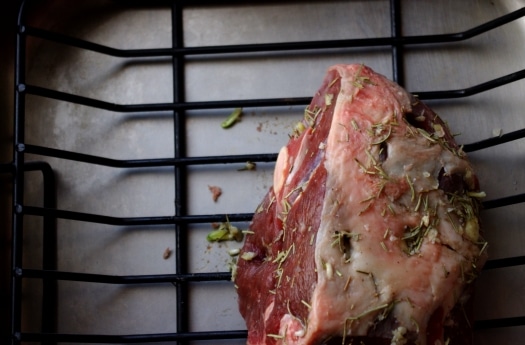
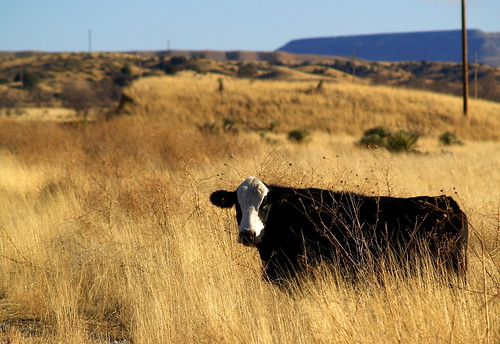
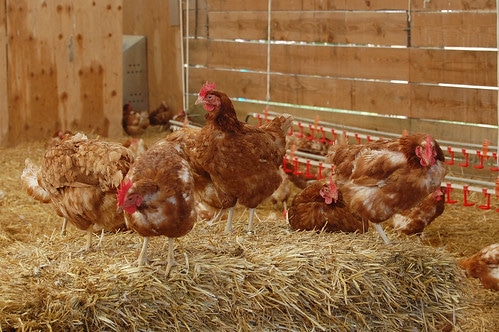
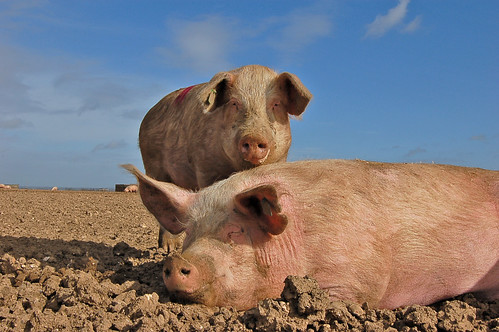

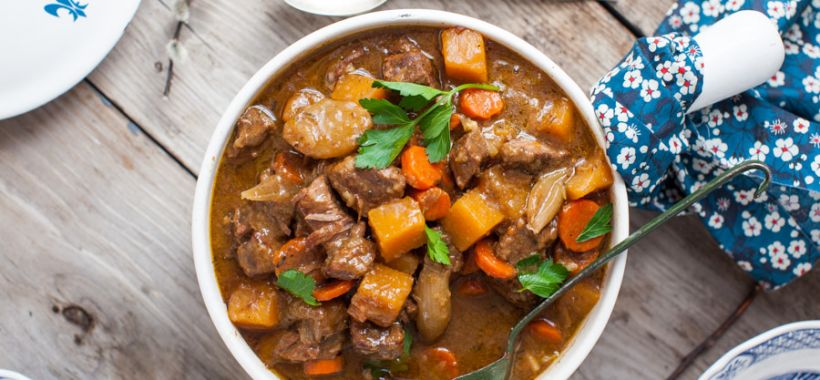
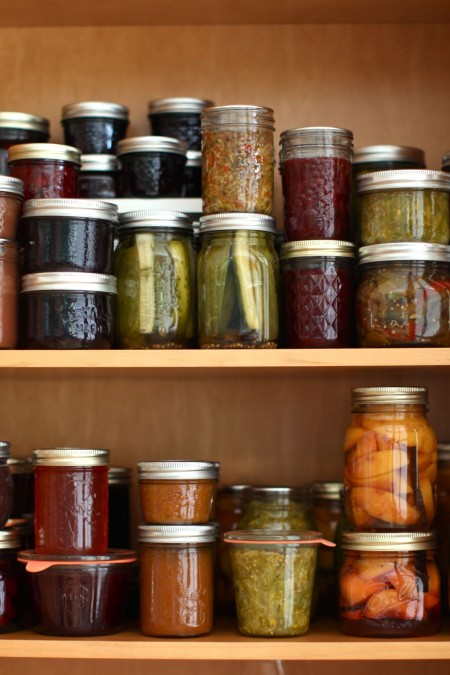
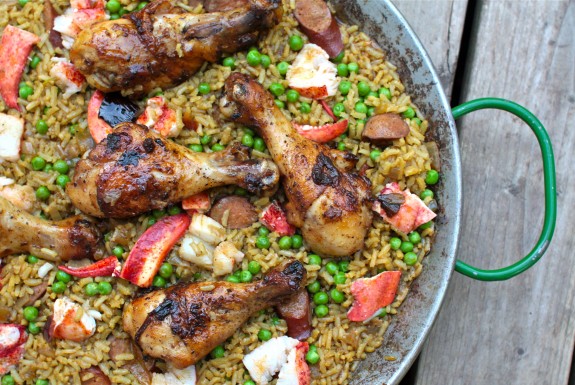
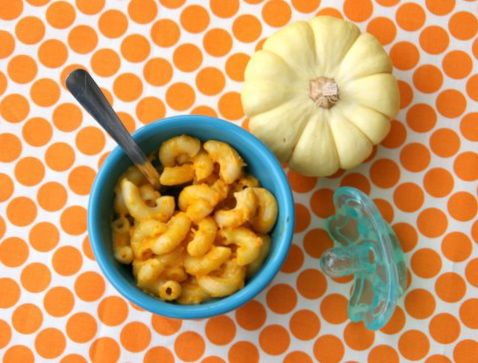
I am so glad that you are writing about this! The more people that can learn how to vote with their forks, the better. I recently wrote about The Art of Understanding Meat Labels (http://whatscookingwithkids.com/2011/04/28/art-of-understanding-meat-labels/) Thank goodness a farmer helped me – the vocabulary can be so confusing! For our family, we have stopped buying meat unless we know the farmer. In good conscience, I can’t buy factory meat – it is horrible for the planet and is unethical for the animals.
What do you mean by vegetables with more fat? Can you give some examples?
Nate – I mean that we use good fats very liberally when preparing and serving vegetables. So lots of butter on steamed veggies, cultured cream or olive oil is plentiful on salads, and serving vegetable latkes that have been fried in lard and then topped with creme fraiche aren’t an anomaly. In other words… I go out of my way to add extra fat beyond just a pat of butter or drizzle of olive oil… and more vegetables prepared that way end up on our plate.
I only recently learned much of this information. I just made our first free-range chicken of the season (bought directly from a local farmer). It was even the same price/lb of the factory organic chicken I had been buying.
Food, Inc changed my family’s life. Thank you for this post!
Shannon, so glad you wrote this. I suffered as a vegan and only came into feeling really healthy once I started eating meat again. Now, my family raises most of our meat – chickens, turkeys, pigs, and goats.
It’s sometimes hard when it comes to slaughtering time. But it’s part of grappling with the cycle of life. When we sit down to eat, we know fully what went into this meat and how good it is. And we understand the full work that went into preparing it and what it means to eat meat. It’s a good thing – but not a simple thing.
I urge everyone to seek out local farmers. We raise pigs for a few families who buy them by the half a pig. We also buy beef from a neighbor and we buy it by the 1/8 or 1/4 of a cow. It’s much cheaper this way.
I also urge folks to try goat meat, chevon. It is hands-down the healthiest meat out there – better than chicken. Low in fats, high in healthy fats. While most breeds of cattle and pigs need some grain, goats thrive on nothing but brush and grass.
And unlike what you’d expect, I find it much milder than lamb in flavor. Here’s one of my favorite goat meat recipes: http://fitfamilytogether.com/a-curry-goat-recipe-that-makes-cooking-easy.
Nice thing is with this, you season it up the night before and then put the slow cooker on the next day. The easiest dinner I cook!
Great info!
Great post! I used to live in a more rural area where people had larger yards (1 acre plots are common there). Sometimes 4 or 5 friends would buy a cow and a pig and put them in a volunteers yard until it was ready to be butchered. We would all split the costs & meat evenly. This was the only way most of us could afford sustainable organic meat. I wish I had that opportunity now, but city living makes this much more difficult.
Now we have been eating a lot less red meat overall. Not just because it is healthier but because it has gotten so expensive I can rarely afford to buy it. Eggs have become a real budget saver for our dinners. A $3 carton of organic eggs can be stretched much farther then a $5+ a pound slab of factory farmed steak. We are also including a lot more beans & nuts into our diet. Nuts often replace my breakfast proteins and I also throw them in my salads for lunch.
Nice article bringing awareness to grass fed and true free range products has been a live long journey it’s wonderful to see the awareness Social Media is opening the doors too. Here is a wonderful site Local Harvest (dot) com were folks across the country can locate Farmers Markets/ CSA/Hand Made products, etc. Here’s to eating real fresh Food!
Also Hearst Family Ranch now sells grass fed beef online from their ranch you might want to visit them to Cheers
Very timely post, Shannon, thank you! My family, living on a pretty minimalist budget, just started buying meat and eggs from the farmer’s market in order to vote with our dolllars and invest in our health. Since we’re trying not to raise our budget, we’ve also gone the more fat and veggies route while serving meat only a few times a week. This has been a challenge, but your post is a fantastic encouragement!
Ever since I drove past a filthy feed lot and saw for myself the contamination risk, I’ve tried to avoid that kind of factory-farmed meat at the grocery store.
I like your advice about being able to look the farmer in the eye. I get more affordable high-quality beef at the local farmers market in the summer months. The rest of the year, I buy beef at a co-op grocery store or Trader Joe’s (but only the kind that specifically says it’s “never confined to a feed lot”).
We cook venison and lamb as frequently as we consume beef at home. I’ve also learned to stretch grass-fed beef by mixing it with beans and lentils in dishes like tacos and sloppy joes.
we eat less meat but pay more for grass-fed options when possible.
Sadly, growing all of my own meat is the only way I know my meat comes from the source that I trust (100% grassfed beef and truly unconfined, free-range chickens, in our case) and it’s also the only way I can afford having the cuts we want as often as we want them. Not an option for most people 🙁
This is a very timely post for me to read–last night I ate a hamburger for the first time after over 7 years of being semi-vegetarian–fish and seafood only, no beef/pork/poultry. I’m still working out for myself what and how I will eat (actually, a BLT is sounding pretty good right now…) and am very interested in what others have to say about the topic of eating meat in a sustainable and ethical way.
Thanks for this fabulous article. I am very lucky with where I live that I have great options for meat. One book that inspired me to ask more questions about my meat was the book Localvore by Sarah Elton. I have done the shift from being raised a meat and potatoes kid to becoming a Vegan, to realizing I needed meet in my life. All the meat I serve my family is organic and I prefer to purchase it either from the local organic food delivery group or the neighbourhood butcher. Our village butcher is very knowledgeable and answers all my questions about the farms and farmers that his meat comes from.
Thanks for this one! I badly need to read this kinds of articles since am getting fat nowadays. I also like the tip that you have given on how to eat less meat because i super love eating meat. This would be torture for me but i know it’s for the best. This is indeed very helpful thank you fro sharing your knowledge about it. Nice article!
I buy our meat from ranchers I know, Since I have begun feeding our family grass fed beef I will not go back to store meat. Not only is grass fed beef better for you it TASTES
oops meant to say that the grass fed beef tastes better besides being better for you. I save any bones for making bone broth too. Stretch that meat.
This whole thing drives me INSANE. I WANT to eat more ethically, but the availability where I live doesn’t seem to be there, and even if it is there, what do I even look for? I have Whole Foods, but it’s about 25 miles from my house. Gah! We do try to eat a lot of vegetarian type meals, but we need meat. It’s all just so frustrating!